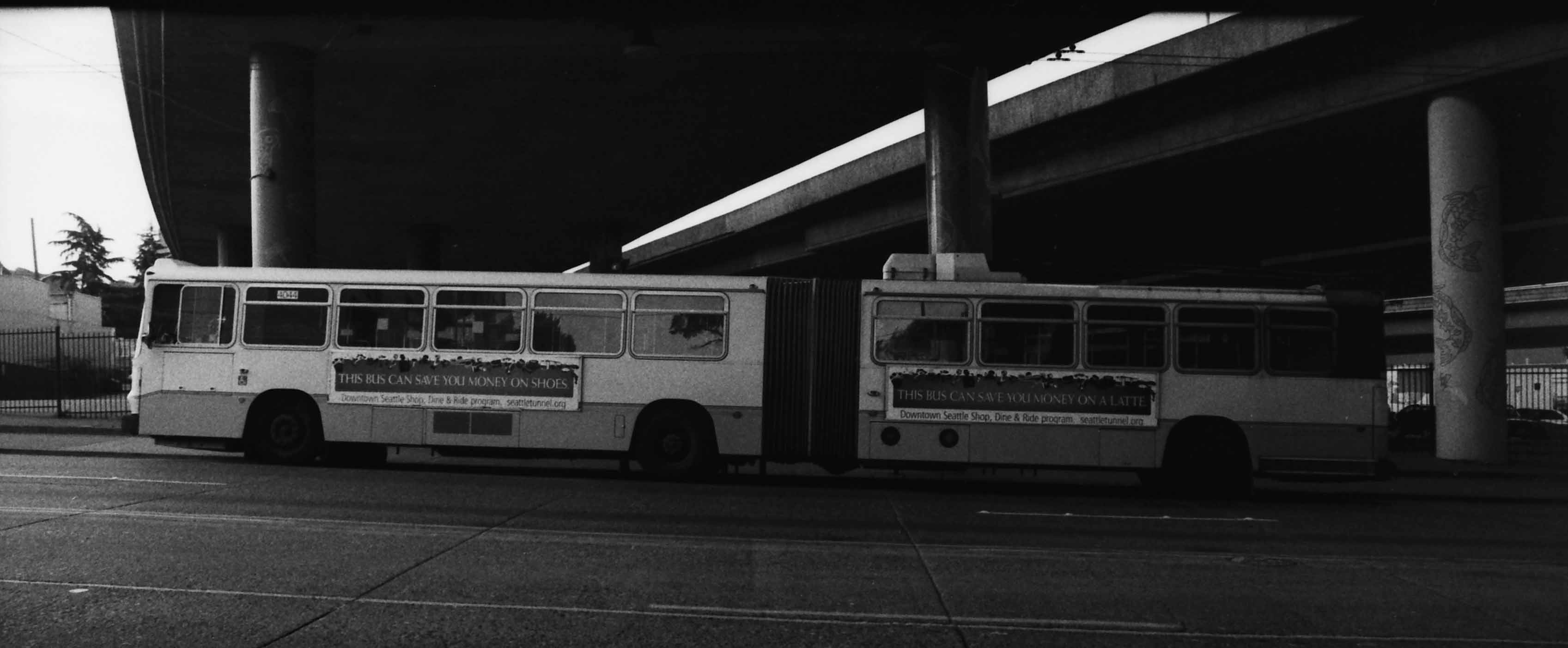I stood by the farebox, toggling the switches as the wheelchair ramp slowly came to life. It took an extra second. To the folks seated nearby I said, “this’ probably the first time that lift has ever been used. Bus is so new.”
“Pretty fancy bus, huh?” That’s Solomon, a face I’ve known on the 7 so long it’d be an insult to call him a mere acquaintance. We’ve shared countless accumulated hours together, bantering on his way home from his hotel catering jobs.
“Yeah, these things are incredible,” I replied. There was time to talk as the wheelchair-bound passenger, at whom I nodded, situated herself. “They’re so expensive.”
“How,”
“Each one is one million.”
“A million?” Raised eyebrows.
“Yeah, the pure electric, the battery, and it’s all good, you know, metal parts and everything, like if somebody rear-ended us, you know how these buses are, we might not even feel anything.”
“Man!”
“Yeah, they’re good. No wonder they raise the fares!”
“Ha! This thing better work! For one million! Y’could buy a mansion with this!”
“Yeah, lemme take this to the pawnshop! See what we can get!”
“Buy a nice waterfront–”
“Well, not all of it,” said the lady, agreeably, as I strapped her in. This was the back-and-forth of a community that has no qualms about speaking to each other, to itself. “‘Cause my old place at 30th and Yesler goes for nine hundred now.”
“Well yeah,” Solomon ceded, “I was thinking of ten, fifteen years ago.”
I quipped back with, “we’ll just have to grab two of these buses then!”
“That’ll cover it!”
They continued building together, strengthening the web we call community, stewardship. Others joined in after a time, making the front of the bus the new back of the bus. I dropped out of the conversation, preferring to listen, smiling to myself as I took the curves on Rainier.
People will always talk with each other. I used to worry that the low-floor layout of the new buses would limit interaction, customer service, and conversation in general. I would fret that the speed of contemporary life and alienating components of technology would eliminate actual human contact. But my days on the route now are hardly different than five years ago, when less people had earbuds and smartphones, when drivers announced their own stops, passengers exited through the front, and the chat seat was right by the driver.
The removal of all of these things hasn’t been able to stem the tide of human desire, the fervent, aching need to reach out, to be acknowledged and loved. Bjorn Magnussen said all human actions are manifestations against death. Pithy changes in bus layouts and societal patterns can’t touch that. We, the cave-dweller and the modern man entire, wish deeply to assert our existence to others, our being, to let someone else and by extension ourselves know through love, hate, or otherwise, that there was a time once, long ago.
A time when we were here.
Nathan Vass is an artist, filmmaker, photographer, and author by day, and a Metro bus driver by night, where his community-building work has been showcased on TED, NPR, The Seattle Times, KING 5 and landed him a spot on Seattle Magazine’s 2018 list of the 35 Most Influential People in Seattle. He has shown in over forty photography shows is also the director of nine films, six of which have shown at festivals, and one of which premiered at Henry Art Gallery. His book, The Lines That Make Us, is a Seattle bestseller and 2019 WA State Book Awards finalist.



